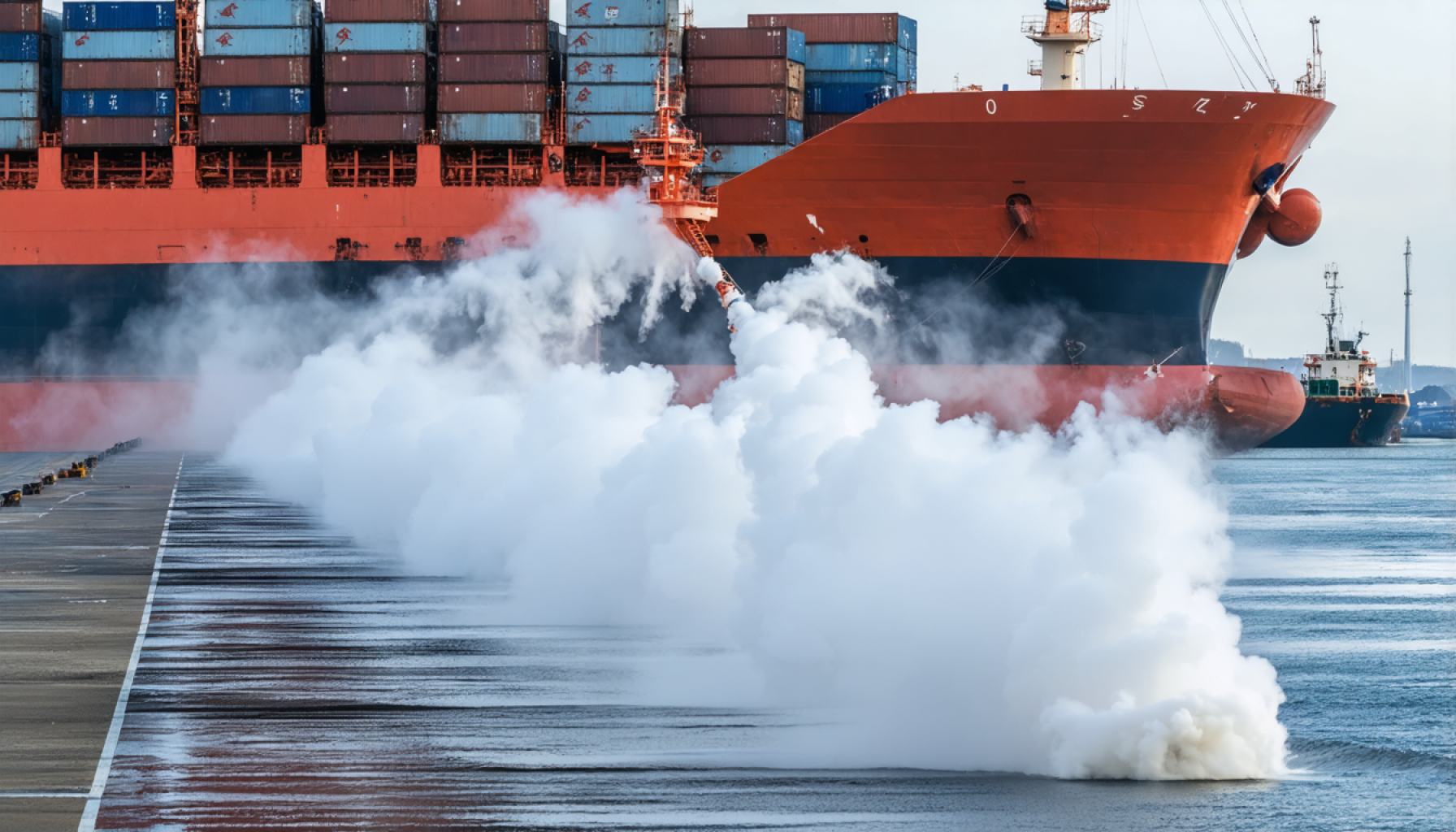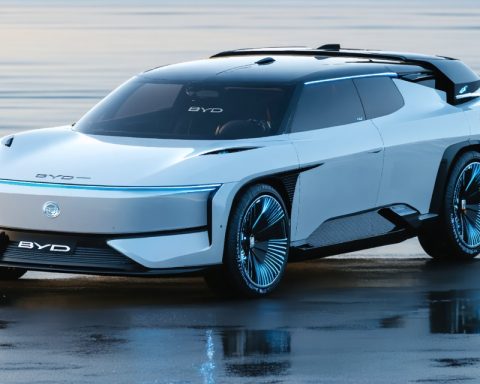- Ammonia is emerging as a key player in global efforts to decarbonize, particularly in the shipping industry.
- Projected increase in ammonia production from 240 million tonnes in 2023 to 290 million tonnes by 2030 highlights its growing importance.
- The shipping industry is focusing on decarbonization and the transport of future fuels, with ammonia playing a crucial role in transporting hydrogen.
- Ammonia is safer and more efficient than pure hydrogen for storage and transport due to its higher energy density and ease of handling.
- The global infrastructure includes over 120 ammonia-ready ports and tankers, making the transition cost-effective.
- A new fleet of 100 to 180 large vessels is anticipated by 2035 to accommodate this shift towards ammonia use in shipping.
- Ammonia is central to the future of green energy, offering a viable pathway for the hydrogen value chain.
Ammonia, often overlooked, is poised to become the unsung hero in the quest to decarbonize our world. Picture this: an era where ammonia powers massive shipping engines by 2025, setting sail on a journey to reduce our carbon footprint. While its global production is projected to leap from 240 million tonnes in 2023 to a staggering 290 million tonnes by 2030, this surge isn’t merely for maritime fuel. Instead, ammonia stands at the forefront of the emerging hydrogen value chain.
The evolution of shipping is intertwined with two seismic shifts. First, the industry’s own decarbonization — described as “shipping for shipping,” and second, its pivotal role in transporting future fuels for the world’s energy transition, notably hydrogen. However, hydrogen’s path is riddled with challenges; its low density and flammability make safe transport daunting. Enter ammonia, a promising solution, serving as an effective hydrogen carrier with a higher energy density and a significantly easier storage and transport process than pure hydrogen.
Envision a global network of over 120 ammonia-ready ports, established pipelines, and tankers already in place, ushering in a new era with minimal investment hurdles. At every turn, ammonia edges out liquid hydrogen, being cheaper and easier to handle, with a barren cryogenic infrastructure hindering hydrogen’s potential.
Yet, the shipping industry stands at a crossroads, requiring a new fleet to accommodate this shift. By 2035, between 100 and 180 colossal vessels will be demanded, each larger than the LNG carriers of today. As the narrative unfolds, one truth emerges: ammonia is not just a transport vector but a gateway to our green energy future. Prepare for an ammonia revolution — its voyage has only just begun.
Ammonia: The Unsung Hero Revolutionizing Green Shipping and Energy
Real-World Use Cases of Ammonia in Shipping
Ammonia is emerging as a pivotal component in decarbonizing the shipping industry. Traditionally used in the agricultural sector as fertilizer, ammonia’s role is expanding rapidly into energy transportation. Here’s how:
1. Maritime Fuel: By 2025, ammonia is expected to power large shipping engines, significantly reducing carbon emissions. Companies such as Maersk and NYK Line are already investing in research to optimize ammonia-fueled engines.
2. Hydrogen Carrier: As a hydrogen carrier, ammonia allows more accessible transport of energy. It can be “cracked” back into hydrogen at the destination, facilitating international hydrogen trade without the need for extensive cryogenic facilities.
3. Infrastructure Development: Ports globally are preparing to become ammonia-ready. This transition involves setting up storage tanks and implementing safety protocols, paving the way for over 120 ports by 2030.
Market Forecasts & Industry Trends
The global production of ammonia is projected to increase from 240 million tonnes in 2023 to 290 million tonnes by 2030. This growth mirrors the rising demand for zero-carbon fuels.
– Market Leaders: Companies like Yara International and CF Industries are at the forefront, expanding their production capacities to meet this demand.
– Industry Shifts: The International Maritime Organization (IMO) has set ambitious targets to reduce greenhouse gas emissions by 50% by 2050, acting as a driving force behind the shift towards ammonia.
Features, Specs & Pricing
– Energy Density: Ammonia has a volumetric energy density of approximately 12.7 MJ/L, which is higher than liquid hydrogen’s 8.5 MJ/L, enabling longer voyages without refueling.
– Cost Efficiency: Current production costs for green ammonia range between $500-700 per tonne. Prices are expected to decline as renewable energy inputs become more cost-effective.
Controversies & Limitations
– Safety Concerns: Ammonia is toxic and corrosive. Adequate safety measures and training are required to handle spills and leaks, especially when used in bulk.
– Technical Challenges: Existing ships need extensive retrofitting to run on ammonia-based systems, potentially increasing costs.
Pros & Cons Overview
Pros:
– Reduced Carbon Footprint: Enables significant reductions in carbon emissions from maritime operations.
– Scalable Infrastructure: Potential to retrofit existing natural gas facilities for ammonia with fewer investments.
Cons:
– Toxicity: High toxicity levels require strict handling and safety protocols.
– Technological Adaptation: Requires substantial investment in technology and infrastructure to accommodate new fueling systems.
Security & Sustainability
– Sustainability: Ammonia production can be sustainable if nitrogen and hydrogen are produced using renewable energy.
– Security: Ammonia is less volatile and flammable than hydrogen, reducing security risks compared to other fuels.
Actionable Recommendations
1. Investment in Safety Protocols: Companies must prioritize creating robust safety and training programs to manage the inherent risks of ammonia handling.
2. Infrastructure Development: Focus on retrofitting existing systems to be ammonia-compatible to minimize transition costs.
3. R&D Commitment: Continued investment in research and development can help solve current technical challenges and improve engine efficiencies.
For more information on sustainable energy solutions, visit Yara International and CF Industries.
In conclusion, ammonia holds immense potential as a future fuel in the shipping industry, offering a bridge to a green energy future. While challenges persist, strategic investments and innovation will be key in realizing its benefits.














